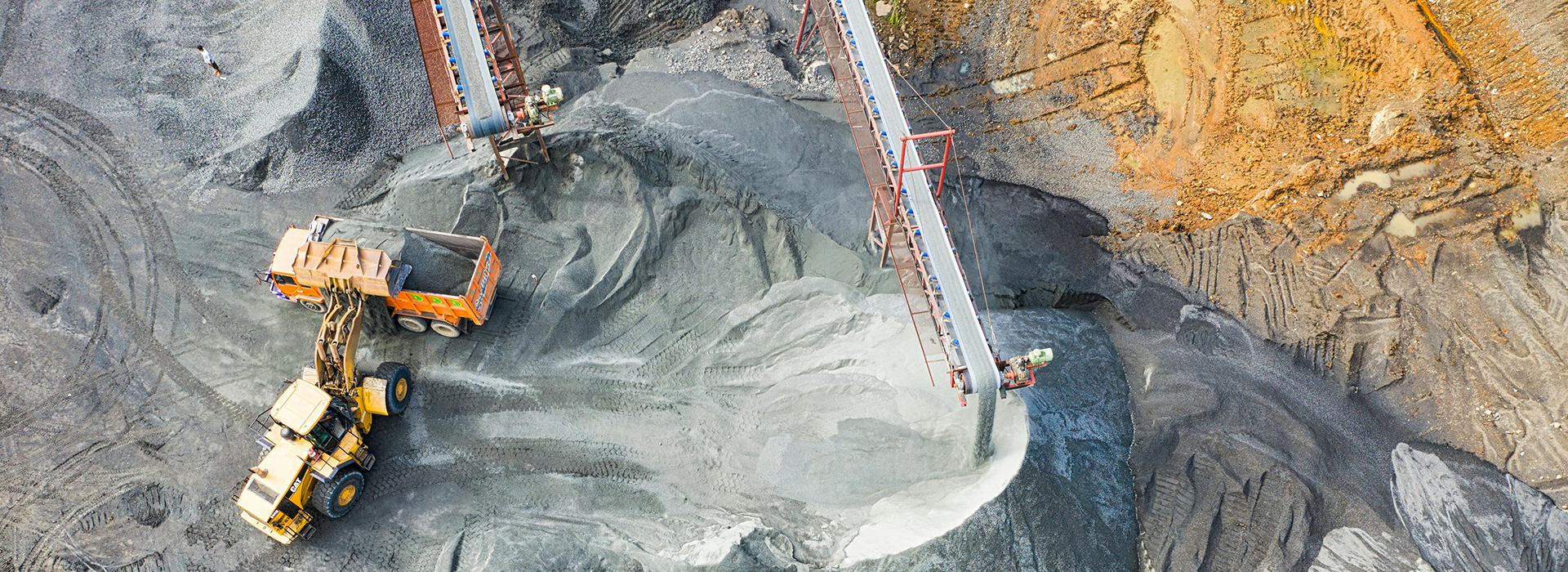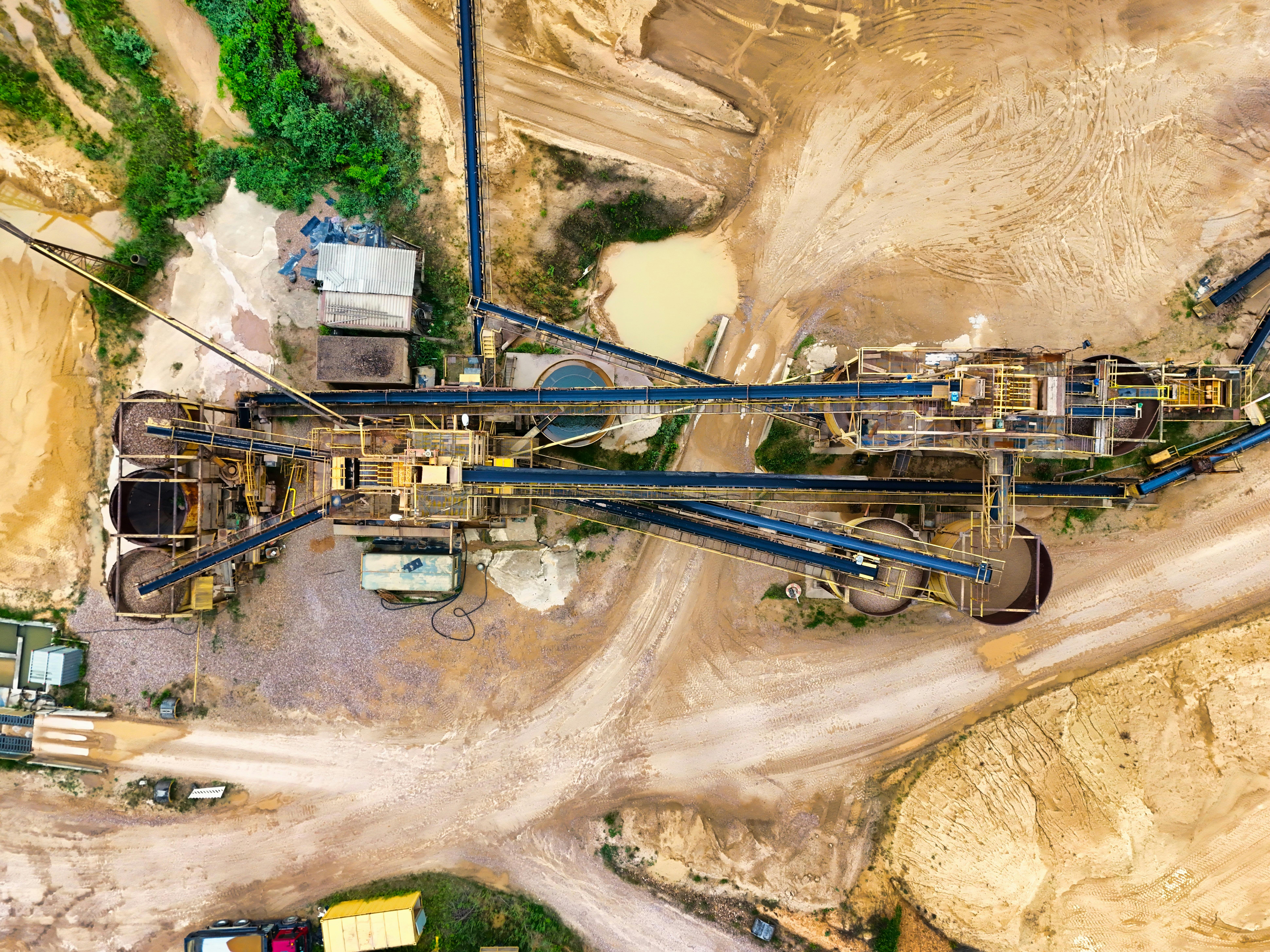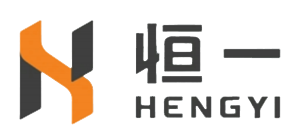
How to Choose Conveyor Belt Bandwidth and Speed
2025-09-11 14:281. Bandwidth:
Generally speaking, for a given Conveyor belt speed, the conveying capacity of a belt conveyor increases with belt width. The conveyor belt must be wide enough to prevent large lumps of bulk and powdered materials from being loaded against the belt edge. Furthermore, the internal dimensions of the feed chute and the distance between the guide troughs must be sufficient to allow mixtures of various particle sizes to pass without clogging.
2. Conveyor belt Speed:
The appropriate belt speed depends largely on the properties of the conveyed material, the required conveying capacity, and the belt tension used. The following factors should be considered when selecting belt speed: Bandwidth: The smaller the belt width, the less stable it is at high speeds, and may even result in severe material spillage.
Fixed conveyors:
High-quality installation generally allows for higher belt speeds. Semi-fixed and mobile conveyors have lower speeds. Horizontal or near-horizontal conveying allows for higher speeds. However, larger inclination angles increase the tendency for the material to roll or slide, so lower speeds are recommended.
Inclined belt conveyor:
Relatively speaking, the down-conveying belt conveyor should have a lower speed because the material is more likely to roll and slide on the belt during down-conveying. The greater the ton-kilometer value of the conveying capacity, the greater the required belt strength. To reduce the belt strength, a higher speed can be used. Belt bending on the roller: The impact of the load and the impact of the material cause the belt to wear, so it is best to slow down the speed of a short-distance conveyor. However, to reduce the tension of the belt, long-distance conveyors often use high-speed operation. The ability of a belt conveyor to complete the required conveying volume of the system is mainly determined by the belt width and belt speed. The belt speed has a great influence on the belt width, deadweight, cost and working quality of the belt conveyor. Under the same conveying capacity conditions, two options can be selected: a larger belt width and a lower belt speed or a smaller belt width and a higher belt speed. The following factors should be considered when selecting the belt speed: The characteristics and process requirements of the conveying material:
(1) For materials with low abrasiveness and small particles, such as coal, grain, sand, etc., a higher speed (generally 2 to 4 m/s) is recommended.
(2) For materials that are highly abrasive, large in size, or easily broken, such as large coal, large ore, and coke, a low speed (1.25 to 2 m/s) is recommended.
(3) For powdery materials or materials with a large amount of dust, a low speed (≤1.0 m/s) is recommended to avoid dust flying.
(4) For piece goods, materials that are easy to roll, or places with high requirements for environmental hygiene, a low speed (≤1.25 m/s) is recommended.

Belt conveyor layout and unloading method:
(1) A higher belt speed can be selected for longer distance and horizontal belt conveyors.
(2) For belt conveyors with a large inclination angle or a short conveying distance, the belt speed should be appropriately reduced.
(3) When unloading with a discharge trolley, the belt speed should not be too high, generally not exceeding 3.15 m/s, because the actual inclination angle of the conveyor belt entering the discharge trolley is large.
(4) When using a plow-type unloader to unload, the belt speed should not exceed 2.8m/s due to additional resistance and wear.
(5) The conveyor belt speed of a downward belt conveyor with a large inclination angle should not exceed 3.15m/s.
The conveyor belt is the main component of the conveyor, serving as both a load-bearing member and a traction member. The cost of the conveyor belt accounts for 30%-50% of the total equipment cost. Therefore, when selecting the conveyor belt, pay attention to the material, belt speed, and Conveyor Belt width to ensure efficient and stable operation of the conveyor.
